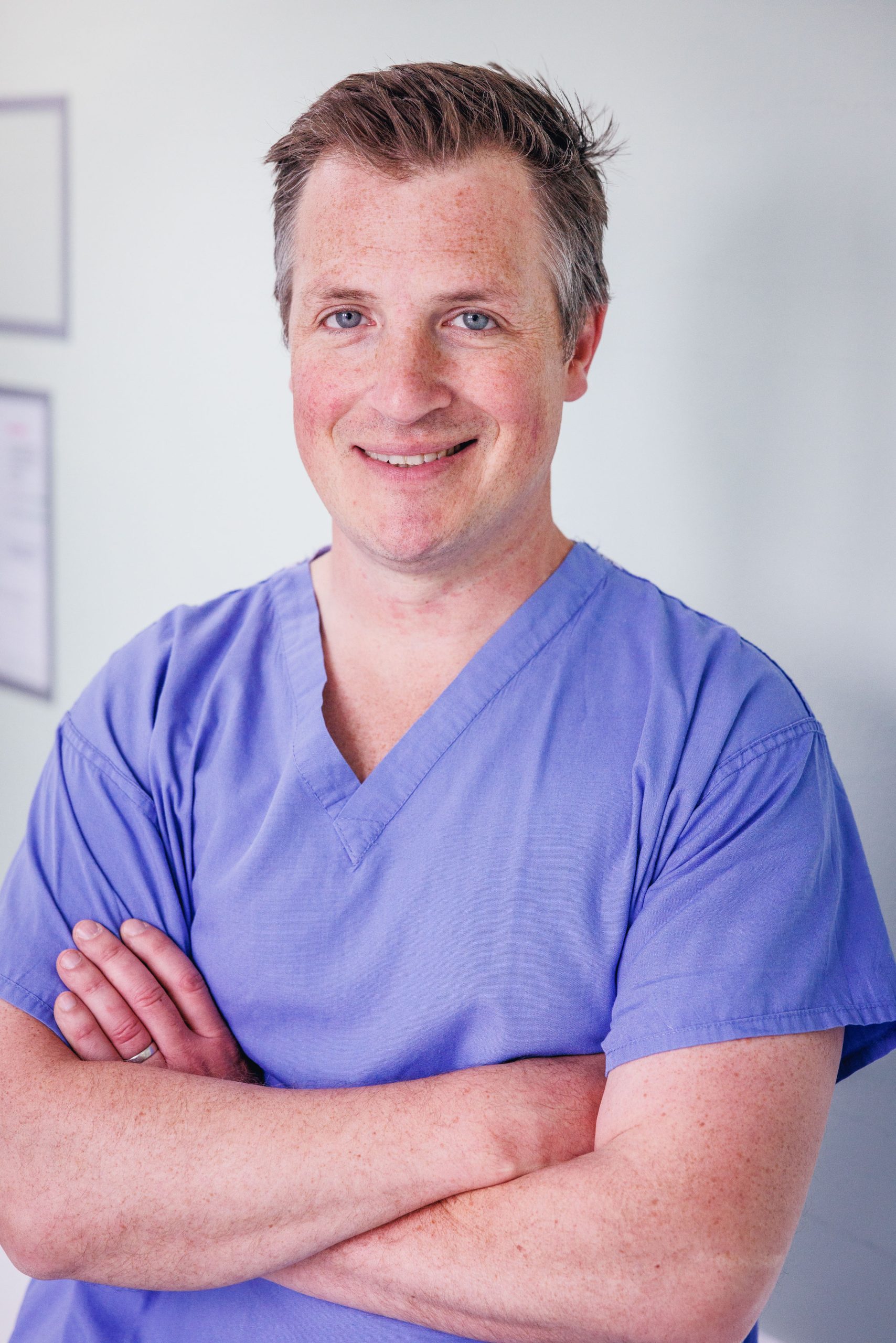What are Bakers cysts?
A Bakers Cyst also referred to as a Popliteal Cyst, is a fluid-filled mass in the back of the knee in an area called the popliteal fossa. The popliteal fossa is the soft part at the back of the knee, between the top of the calf muscles and the bottom of the hamstrings. A Baker’s Cyst is the commonest mass found at the back of the knee. Baker’s Cysts were originally described by – you guessed it! – an anatomist called WM Baker all the way back in 1877.
A Bakers Cyst occurs when a bursa (a fluid-filled sack that allows anatomical structures to rub smoothly over each other) between two of the main muscles in the back of the leg becomes inflamed and fills with more fluid than normal.
Although the bursa is present in everyone, in adults it can become inflamed and enlarged because it connects with the underlying knee joint. When the joint is damaged, whether because of arthritis, meniscal tears or ligament damage, a one-way valve develops and fluid gets pushed into the cyst. This means that a Bakers Cyst is often a result of an underlying problem, rather than the primary problem itself.

What are the symptoms of Bakers cysts?
Symptoms from a Baker’s Cyst arise from either the underlying cause or as a result of the mass effect of the cyst itself. Therefore, patients might have feelings of pain, stiffness or catching in the knee as well as fullness in the back of the knee. Rarely, Baker’s Cysts can get large enough to compress nerves and vessels in the back of the knee. Sometimes a Bakers Cyst can rupture and this can often be mistaken for a DVT or a clot in the veins of the leg.
How are Bakers cysts diagnosed?
It is important to see one of our experts to assess the knee properly. The first step is a thorough clinical examination. Following this, most experts will perform some detailed imaging. Normally this will commence with a knee X ray to exclude underlying arthritis, then often an MRI or ultrasound to assess the structures inside the knee such as the meniscus. It is also essential to exclude other problems that can manifest as a lump in the back of the knee.
What are my treatment options for Bakers cysts?
he first step in treating a Bakers Cyst is to identify the underlying cause. When a cause is found, such as a meniscal tear or arthritis in the knee, then treating the cause frequently leads to the resolution of the cyst. Aspiration of the cyst and injection with steroids can be successful in reducing symptoms, although there is a risk of recurrence. It would be very rare to consider surgery to remove the cyst itself.
If you or someone you know has suffered an injury or is experiencing pain across their lower limbs or difficulty with mobility and would like a consultant-led review, please contact us. Grosvenor Orthopaedics have extensive experience in the treatment of knee-related injuries with excellent patient outcomes.
BOOK NOW
Grosvenor Orthopaedics have extensive experience in the treatment of knee-related injuries with excellent patient outcomes.
KNEE CONDITIONS
If you would like to learn about other knee conditions click the button below to find out more
KNEE TREATMENTS
If you would like to learn about other knee treatments click the button below to find out more
our KNEE SURGEONS
The Knee Service at Grosvenor Orthopaedic Partners is led by Mr Luke Jones and Mr Chethan Jayadev, both Oxford PhD educated knee surgeons with London Teaching Hospital NHS consultant posts. They provide a comprehensive range of knee procedures as part of a multidisciplinary team of healthcare professionals including highly specialised physiotherapists, all committed to returning you to optimal function.
Our team are well placed to manage and treat a diverse range of knee problems utilising cutting edge diagnostic technology and treatment approaches, both surgical and conservative. Below is an overview of some of the knee conditions we treat but for a more thorough understanding please contact our team here
What some of our patients say
Mrs JS
Thank you to the whole team for getting me back on my feet again






